Multi-objective optimization for 3D printed origami crash box cell based on artificial neural networks and NSGA-II
DOI: 10.23977/jmpd.2023.070401 | Downloads: 44 | Views: 1820
Author(s)
Jiahao Li 1, Minjie Qu 1, Zhiyu Jiang 1
Affiliation(s)
1 School of Textile and Material Engineering, Dalian Polytechnic University, Dalian, 116034, China
Corresponding Author
Jiahao LiABSTRACT
Composite structures are increasingly used in the automotive industry due to their lightweight and specific energy absorption capabilities, while 3D printing is also widely used in industry because of their high efficiency and high precision. Recently, the Origami crash box (OCB) has been proposed as an energy absorber for automobiles because of their low initial peak load and high average load. Experiments and theory have shown that the energy-absorbing effect of OCB will change significantly with the change in size. Since OCB is composed of multiple OCB cells, therefore, it is necessary to develop a model that can predict the energy absorption effect according to scale change of OCB cell. And this model is utilized to optimize the size to maximize its energy absorption capability while reducing the initial peak force. This paper explores the energy absorption effect of 3D printed OCB, which is made of carbon fiber-reinforced nylon in the same wight and thickness with a stable surface area of 14400mm2. The Artificial Neural Network (ANN) model which used Mean Squared Error (MSE) to measure its accuracy is established to predict high non-linear behavior of OCB cell at different size. And then the Non-dominated Sorting Genetic Algorithm (NSGA-II) in which initial Peak Crush Force (PCF) and Energy Absorption (EA) are used as optimization metrics, is applied to complete the multi-objective optimization. The utilized ANN model precisely predicts the variation of load capability with displacement in different size of OCB cell with an MSE as 0.046kN², energy error as 5.97J and PCF error as 0.17kN. A configuration of OCB is generated by NSGA-II shows superior performance than standard OCB cell. In terms of prediction, there is a 13.5% decrease in PCF, reducing it from 2.75 kN to 2.38 kN, while EA experiences a 7.8% increase, rising from 34.5 J to 37.2 J. In experimental results, PCF exhibits a 14% reduction, decreasing from 3.08 kN to 2.65 kN, while EA shows a 14.3% increase, climbing from 30.61 J to 35 J.
KEYWORDS
3D-printing; Nylon composites; Carbon fiber; Origami crash box; ANN; NSGAIICITE THIS PAPER
Jiahao Li, Minjie Qu, Zhiyu Jiang, Multi-objective optimization for 3D printed origami crash box cell based on artificial neural networks and NSGA-II. Journal of Materials, Processing and Design (2023) Vol. 7: 1-13. DOI: http://dx.doi.org/10.23977/jmpd.2023.070401.
REFERENCES
[1] Olabi, A.-G., E. Morris, and M. Hashmi, Metallic tube type energy absorbers: a synopsis. Thin-walled structures, 2007. 45(7-8): p. 706-726.
[2] Hong, W., et al., Quasi-static axial compression of triangular steel tubes. Thin-Walled Structures, 2013. 62: p. 10-17.
[3] Jensen., M. Langseth, and O. Hopperstad, Experimental investigations on the behaviour of short to long square aluminium tubes subjected to axial loading. International Journal of Impact Engineering, 2004. 30(8-9): p. 973-1003.
[4] Guillow, S., G. Lu, and R. Grzebieta, Quasi-static axial compression of thin-walled circular aluminium tubes. International Journal of Mechanical Sciences, 2001. 43(9): p. 2103-2123.
[5] Abramowicz, W. and N. Jones, Dynamic axial crushing of square tubes. International Journal of Impact Engineering, 1984. 2(2): p. 179-208.
[6] Shakeri, M., R. Mirzaeifar, and S. Salehghaffari, New insights into the collapsing of cylindrical thin-walled tubes under axial impact load. Proceedings of the Institution of Mechanical Engineers, Part C: Journal of Mechanical Engineering Science, 2007. 221(8): p. 869-885.
[7] Lee, S., et al., Effect of triggering on the energy absorption capacity of axially compressed aluminum tubes. Materials & design, 1999. 20(1): p. 31-40.
[8] Gupta, N. and S. Gupta, Effect of annealing, size and cut-outs on axial collapse behaviour of circular tubes. International journal of mechanical sciences, 1993. 35(7): p. 597-613.
[9] Gupta, N., Some aspects of axial collapse of cylindrical thin-walled tubes. Thin-walled structures, 1998. 32(1-3): p. 111-126.
[10] Salehghaffari, S., et al., Attempts to improve energy absorption characteristics of circular metal tubes subjected to axial loading. Thin-Walled Structures, 2010. 48(6): p. 379-390.
[11] Zarei, H., M. Kröger, and H. Albertsen, An experimental and numerical crashworthiness investigation of thermoplastic composite crash boxes. Composite structures, 2008. 85(3): p. 245-257.
[12] Hussain, N.N., S.P. Regalla, and Y.V.D. Rao, Low velocity impact characterization of glass fiber reinforced plastics for application of crash box. Materials Today: Proceedings, 2017. 4(2): p. 3252-3262.
[13] Ma, J., Thin-walled tubes with pre-folded origami patterns as energy absorption devices. 2011, University of Oxford.
[14] Ma, J. and Z. You. A novel origami crash box with varying profiles. in International Design Engineering Technical Conferences and Computers and Information in Engineering Conference. 2013. American Society of Mechanical Engineers.
[15] Ciampaglia, A., et al., Impact response of an origami-shaped composite crash box: Experimental analysis and numerical optimization. Composite Structures, 2021. 256: p. 113093.
[16] Zhang, P., et al., Performance Study of Origami Crash Tubes Based on Energy Dissipation History. Energies, 2022. 15(9): p. 3109.
[17 Zhou, C., et al., Dynamic axial crushing of origami crash boxes. International journal of mechanical sciences, 2016. 118: p. 1-12.
[18] Dimiduk, D.M., E.A. Holm, and S.R. Niezgoda, Perspectives on the impact of machine learning, deep learning, and artificial intelligence on materials, processes, and structures engineering. Integrating Materials and Manufacturing Innovation, 2018. 7: p. 157-172.
[19] Ružiak, I., et al., Artificial neural networks prediction of rubber mechanical properties in aged and nonaged state. Improved Performance of Materials: Design and Experimental Approaches, 2018: p. 27-35.
[20] al-Swaidani, A.M. and W.T. Khwies, Applicability of artificial neural networks to predict mechanical and permeability properties of volcanic scoria-based concrete. Advances in civil engineering, 2018. 2018.
[21] Deb, K., et al., A fast and elitist multiobjective genetic algorithm: NSGA-II. IEEE transactions on evolutionary computation, 2002. 6(2): p. 182-197.
[22] Wang, S., et al., The origami inspired optimization design to improve the crashworthiness of a multi-cell thin-walled structure for high speed train. International Journal of Mechanical Sciences, 2019. 159: p. 345-358.
[23] Sun, G., et al., Crashing analysis and multiobjective optimization for thin-walled structures with functionally graded thickness. International Journal of Impact Engineering, 2014. 64: p. 62-74.
[24] Sheriff, N.M., et al., Optimization of thin conical frusta for impact energy absorption. Thin-Walled Structures, 2008. 46(6): p. 653-666.
[25] Ma, J. and Z. You, The origami crash box. Origami, 2011. 5: p. 277-290.
[26] Kingma, D.P. and J. Ba, Adam: A method for stochastic optimization. arXiv preprint arXiv:1412.6980, 2014.
[27] TensorFlow Developers. (2023). TensorFlow (v2.12.1). Zenodo. https://doi.org/10.5281/zenodo.8118033.
[28] Marler, R.T. and J.S. Arora, Survey of multi-objective optimization methods for engineering. Structural and multidisciplinary optimization, 2004. 26: p. 369-395.
[29] Srinivas, N. and K. Deb, Muiltiobjective optimization using nondominated sorting in genetic algorithms. Evolutionary computation, 1994. 2(3): p. 221-248.
[30] J. Blank and K. Deb, "Pymoo: Multi-Objective Optimization in Python," in IEEE Access, vol. 8, pp. 89497-89509, 2020, doi: 10.1109/ACCESS.2020.2990567.
| Downloads: | 4090 |
|---|---|
| Visits: | 253564 |
Sponsors, Associates, and Links
-
Forging and Forming

-
Composites and Nano Engineering
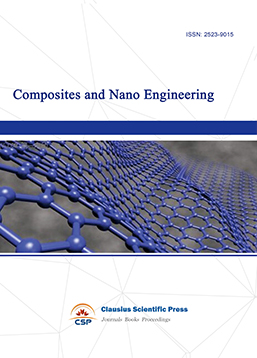
-
Metallic foams
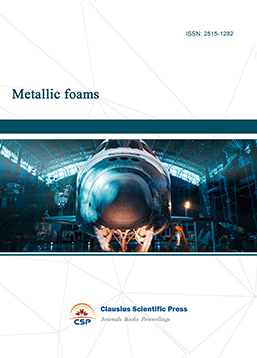
-
Smart Structures, Materials and Systems

-
Chemistry and Physics of Polymers
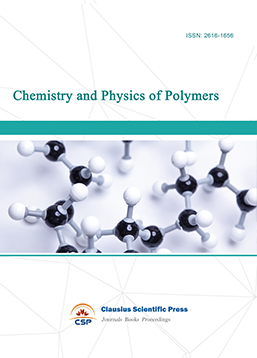
-
Analytical Chemistry: A Journal
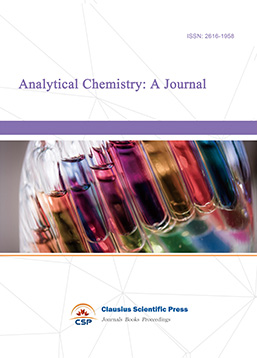
-
Modern Physical Chemistry Research

-
Inorganic Chemistry: A Journal

-
Organic Chemistry: A Journal
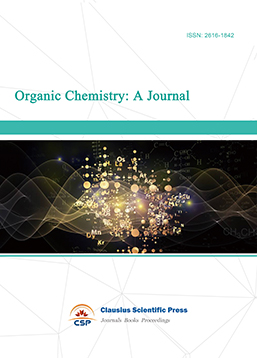
-
Progress in Materials Chemistry and Physics

-
Transactions on Industrial Catalysis
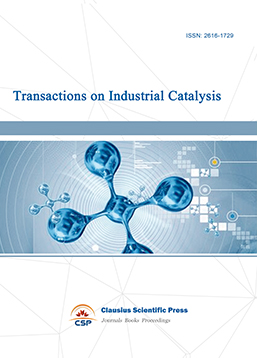
-
Fuels and Combustion

-
Casting, Welding and Solidification
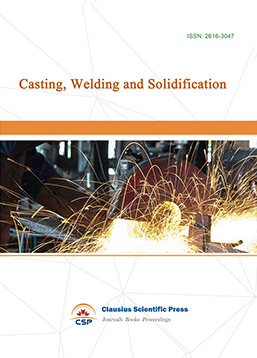
-
Journal of Membrane Technology
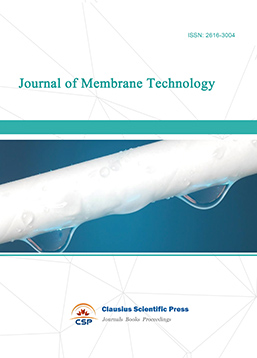
-
Journal of Heat Treatment and Surface Engineering
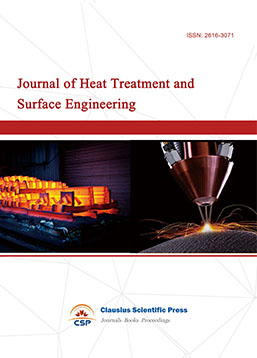
-
Trends in Biochemical Engineering

-
Ceramic and Glass Technology

-
Transactions on Metals and Alloys
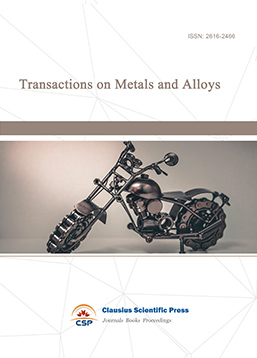
-
High Performance Structures and Materials
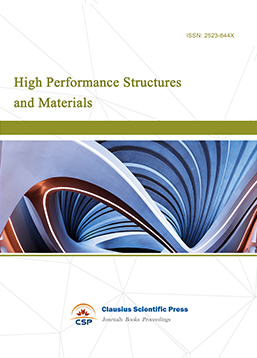
-
Rheology Letters

-
Plasticity Frontiers

-
Corrosion and Wear of Materials

-
Fluids, Heat and Mass Transfer

-
International Journal of Geochemistry
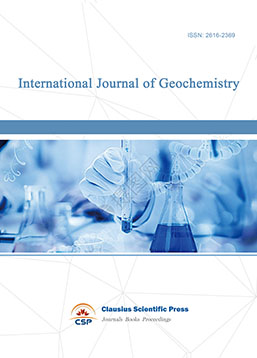
-
Diamond and Carbon Materials
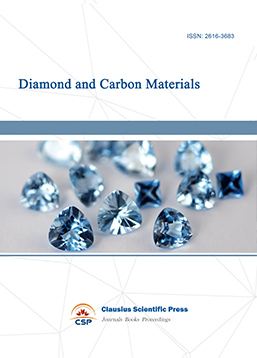
-
Advances in Magnetism and Magnetic Materials
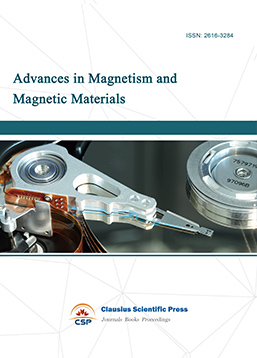
-
Advances in Fuel Cell

-
Journal of Biomaterials and Biomechanics
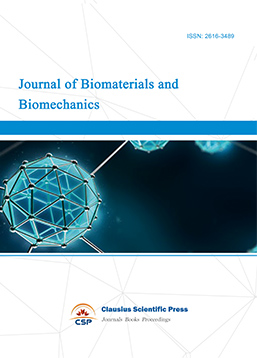

 Download as PDF
Download as PDF